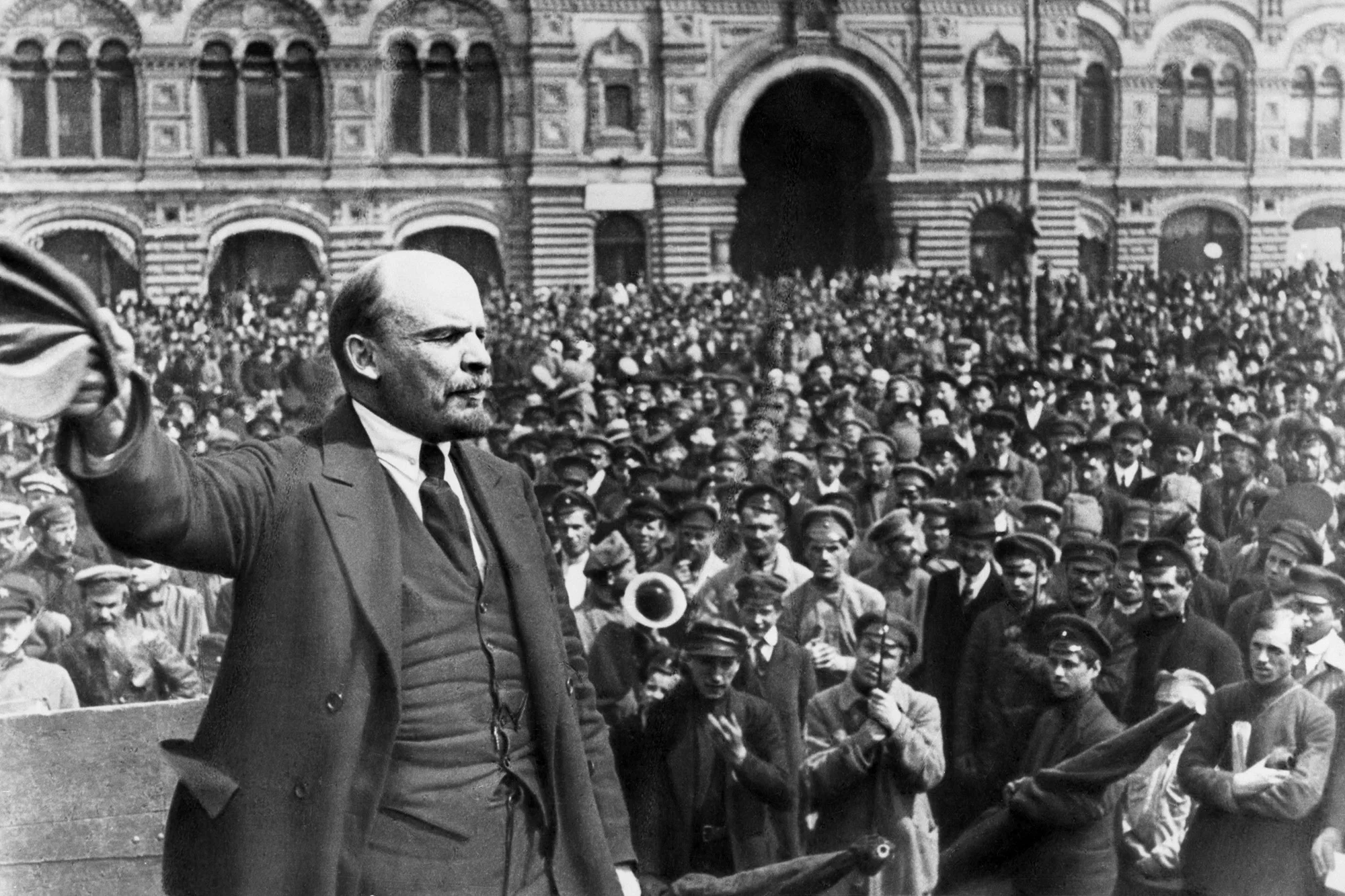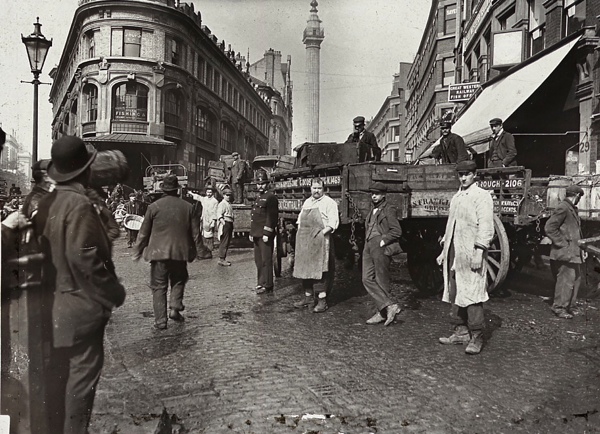8.11 Continuity and Changes in the Age of Global Conflict
3 min read•june 18, 2024
Isabela Padilha
AP European History 🇪🇺
335 resourcesSee Units
The Outcomes of War
The first half of the 20th Century was marked by wars of a magnitude never seen before. The lack of a balance of power was a great aggravator of these crises in Europe, and its global consequences were unforeseen. One of the most significant consequences of this period is increased polarization. This process led to the creation and separation of two large hegemonic powers: the United States and Russia. Even though the United States did not want to be involved in the second world war, their participation played a key role in establishing them as a world superpower. In opposition to the U.S, the Soviet Union was also able to go through WWII without major impacts (unlike other European nations), and growing antagonization led to a battle for power through technological development.
After WWI
The First World War led to devastating social and economic effects to all the defeated and victorious nations. The loss of life exceeded 8.5 million soldiers and 7 million civilians, which was a tragedy never seen before in the region. The Treaty of Versailles had major consequences for Germany. Diplomatic idealism pushed individual agendas during the Paris Conference, which resulted in agreements that benefitted few and this discontentment served as a motivation to the WWII. In addition, the beginning of the process of decolonization helped the emergence of the US as a world power and Russia as well, through the 1917 Russian Revolution.

The Interwar and post-WWII Period
European civilization saw a rise of fascist and communist ideals in the post-WWI period. The war left a lot of famine and poverty, and to boost the morality of the citizens, authoritarian leaders reinforced ideas of nationalism in opposition to other groups. There was a rise in racist rhetoric among fascist nations through Mussolini in Italy and Hitler in Germany. Nazi propaganda helped to disseminate these ideals, which were strengthened over time through the imposition of terror on citizens.
In the post-WWII period there was a clear clash of political ideologies. Democracy, communism, and fascism were conceptualizations that polarized the European society and generated different ideas on the relationship between the individual and the state. This ideological crisis set the groundwork for the Cold War.
Intellectual and Cultural Movements 🧐
Objective knowledge, which is, information that is independently verifiable and based on evidence, began to viewed differently in European societies. The rise of subjective interpretations were reinforced through new scientific and psychological theories.
The role of religion also went through significant changes during this period. Although secularization still played a major role in people's understanding of religion, the incorporation of religion in certain regimes aimed to limit critical thinking. Fascist propaganda promoted a specific branch of nationalistic Christianity that excluded certain groups, and emphasized purity through actions and racism.
Demographics and Economics
After WWI and WWII Europe went through several demographic changes. For instance, the process of decolonization that happened after WWII led to a great influx of immigrants from former colonies to emergent nation-states. Issues such as racism were exacerbated through these demographic changes. However, this demographic transformation saw a rise in a multicultural and more diversity society in Europe.
Demographic changes were also affected by the economic development of the region. Although war led to the destruction of infrastructure and deprived people from access to basic resources, industrialization was at its peak. Rapid economic growth through industrial activity led to a population growth in many European cities, and consequently the suburbanization of other regions.

Browse Study Guides By Unit
🎨Unit 1 – Renaissance & Exploration
⛪️Unit 2 – Reformation
👑Unit 3 – Absolutism & Constitutionalism
🤔Unit 4 – Scientific, Philosophical, & Political Developments
🥖Unit 5 – Conflict, Crisis, & Reaction in the Late 18th Century
🚂Unit 6 – Industrialization & Its Effects
✊Unit 7 – 19th Century Perspectives & Political Developments
💣Unit 8 – 20th Century Global Conflicts
🥶Unit 9 – Cold War & Contemporary Europe
📚Study Tools
🤔Exam Skills
👉Subject Guides

Fiveable
Resources
© 2025 Fiveable Inc. All rights reserved.